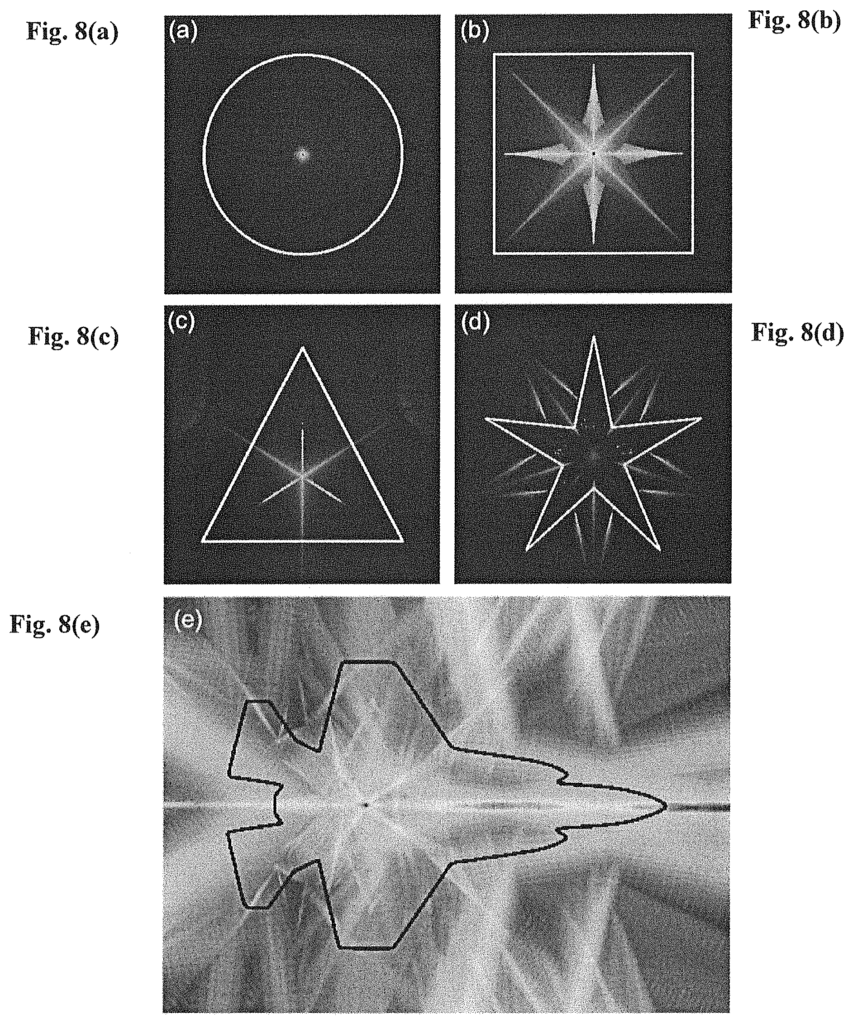Unlocking the Power of Mirror Symmetry in Spiking Neural Networks
Introduction
In the fast-paced world of artificial intelligence and neural networks, there’s one concept that has remained at the forefront of innovation—spiking neural networks (SNNs). These biologically inspired models have the potential to mimic human brain activity more accurately than traditional AI systems. Our patented approach to identifying mirror symmetry density with delay in spiking neural networks provides a key advancement in this area, offering unprecedented insights and functionality.
Spiking neural networks are unique in that they process information in ways that closely mirror how neurons communicate in the brain—through electrical impulses or “spikes.” This approach gives them an edge when it comes to real-time decision-making and pattern recognition, which are essential in fields such as robotics, healthcare, and AI research. What our innovation does is push the boundaries of SNN capabilities by introducing the concept of mirror symmetry density with delay. Essentially, it enables more complex and precise patterns to be detected, offering an advanced level of decision-making and learning.
By identifying mirror symmetry density with delay, this technology can address some of the most persistent challenges faced by current neural network models. For instance, many AI systems struggle to recognize symmetrical patterns when there are inherent delays in information processing, something that is common in biological systems. Our approach not only solves this problem but also enhances the network’s ability to learn from and adapt to such situations, improving overall performance in complex environments.
Imagine applying this innovation in autonomous systems—whether it’s a robot navigating an unfamiliar terrain or an autonomous vehicle processing multiple signals simultaneously. The ability to recognize delayed symmetrical patterns could drastically enhance real-time decision-making, making these systems more reliable and efficient. Similarly, this technology can transform neural network-based diagnostics in healthcare by improving how medical devices analyze complex neural patterns, potentially leading to breakthroughs in conditions like epilepsy or Parkinson’s.
Licensing this technology opens the door to cutting-edge applications in robotics, AI, and neuroscience. By integrating this system, your organization can leverage the power of biologically inspired learning models, leading to more accurate, adaptive, and intelligent systems across industries.

- Abstract
- Claims
The invention claimed is:
Share
Title
Identifying mirror symmetry density with delay in spiking neural networks
Inventor(s)
Jonathan K. George, Volker J. Sorger
Assignee(s)
George Washington University
Patent #
11599776
Patent Date
March 7, 2023
